You’ve started a YouTube channel and committed to publishing new content regularly. Now you need subscribers. While it’s possible to grow a YouTube channel by simply uploading content over time, you can boost your growth with a few simple steps. In this article, we break down 23 important tips to help you gain exposure, collect subscribers, and grow your audience.
1. Pick the Right Channel Name
Your channel name is often the first impression viewers get, so it should be memorable, easy to spell, and relevant to your content. It’s important to pick a YouTube name that aligns with your niche or the subject matter of your videos, as this helps in establishing a brand identity and makes it easier for viewers to remember and search for your channel.
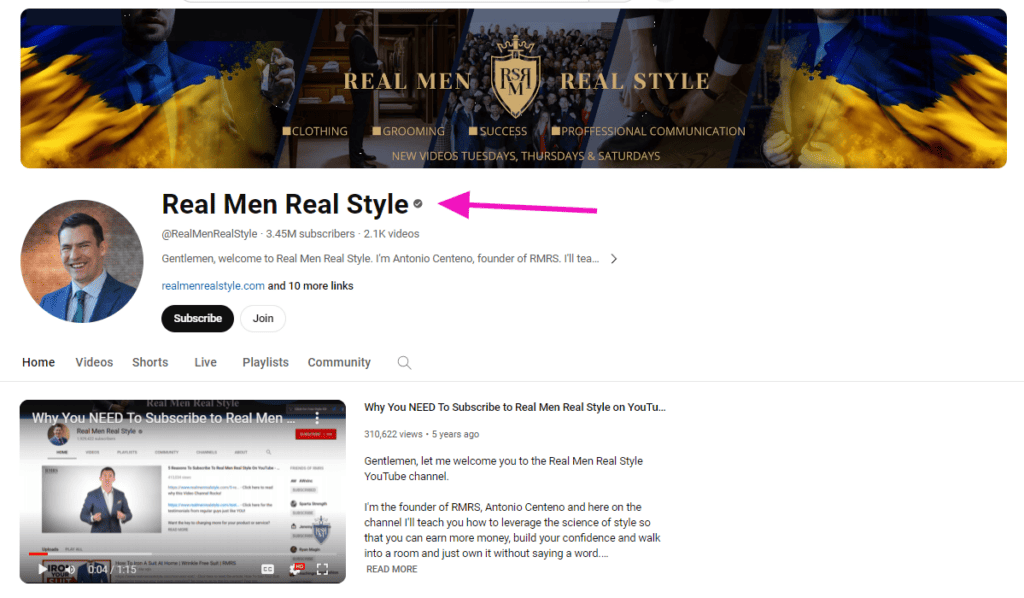
Avoid using complicated spellings or numbers that might confuse potential subscribers. If possible, use a name that hints at the type of content you produce, which can attract the right audience.
Also, ensure the name is unique and consider the long-term implications of your chosen name; it should be flexible enough to accommodate any future shifts or expansions in your content.
2. Complete Your YouTube Profile
Completing your YouTube profile involves filling out all sections of your profile with detailed, engaging information. This includes a captivating channel description, a profile picture that represents your brand, and an eye-catching banner image. These elements contribute to your channel’s visual appeal and brand identity.
A well-completed profile not only makes your channel look professional but also helps viewers understand what your channel is about, thereby increasing the likelihood of them subscribing and engaging with your content.
3. Set a Consistent Publishing Schedule
Consistency in posting helps in several ways to grow a YouTube channel. First, it builds a predictable routine for your audience, encouraging them to return regularly for new content. When viewers know when to expect new videos, they’re more likely to keep coming back.
Second, a regular posting schedule can positively influence YouTube’s algorithm. YouTube favors channels that upload content consistently because it shows an active and engaged content creator, which can lead to better visibility in search results and recommendations.
Finally, a set schedule keeps you disciplined as a creator, helping you to plan and manage your content effectively.
How often should you publish? As often as you reasonably can without losing consistency. If that means one video per month, so be it. Don’t overextend yourself or you might give up.
4. Use Relevant Keywords
Using relevant keywords involves incorporating words and phrases that potential viewers are likely to search for into your video titles, descriptions, and tags. By doing so, you improve the chances of the YouTube algorithm recommending your content to users.
Effective keyword usage requires understanding your target audience and the terms they use to find content similar to yours. Tools like Google Keyword Planner or YouTube’s own search suggestions can help identify popular keywords.
Studies show that video titles with less than 10 words perform best in YouTube’s search results. Aim for about 60 characters at most.
You can write longer for video descriptions, but YouTube is mostly concerned with the content you put at the top of the description, usually in the first 100 words. Make sure to put your keyword shere.
5. Link to Relevant Videos in Your Descriptions
To grow a YouTube channel, ensure you include links to related videos in your video descriptions. This practice encourages viewers to explore more of your content, increasing watch time and engagement.
By providing easy access to relevant content, you enhance the overall user experience and potentially gain more subscribers. Use concise and enticing descriptions for linked videos to pique viewers’ interest and encourage them to click, ultimately driving more traffic and growth to your channel.
6. Set Channel Tags
Channel tags are keywords that describe the overall content of your channel. They help YouTube’s algorithm understand what your channel is about and who might be interested in your videos.
Accurate and relevant tags increase the likelihood of your channel appearing in search results and recommended video lists for those keywords. Choose tags that are not only relevant to your channel’s content but also popular among your target audience.
7. Use Playlists
Playlists allow you to organize your videos into thematic or sequential groups, making it easier for viewers to find and binge-watch content that interests them.
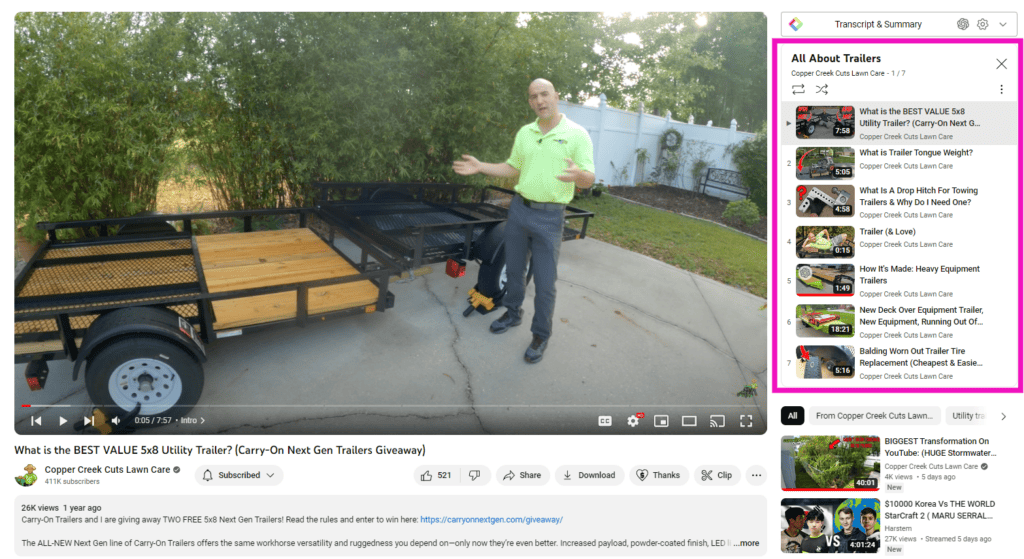
When videos are grouped in playlists, there’s a higher chance that viewers will watch multiple videos in one session, increasing your channel’s watch time—a critical factor in YouTube’s recommendation algorithm.
Moreover, well-curated playlists can improve the discoverability of older videos by linking them with newer, more popular content. This approach enhances user engagement, keeps viewers on your channel longer, and can attract new subscribers.
8. Try YouTube Shorts
Consider utilizing YouTube Shorts, YouTube’s response to TikTok and a platform that receives 30 billion daily views. These short-form videos (under 60 seconds) cater to a wider audience, as they are prominently featured on the platform.
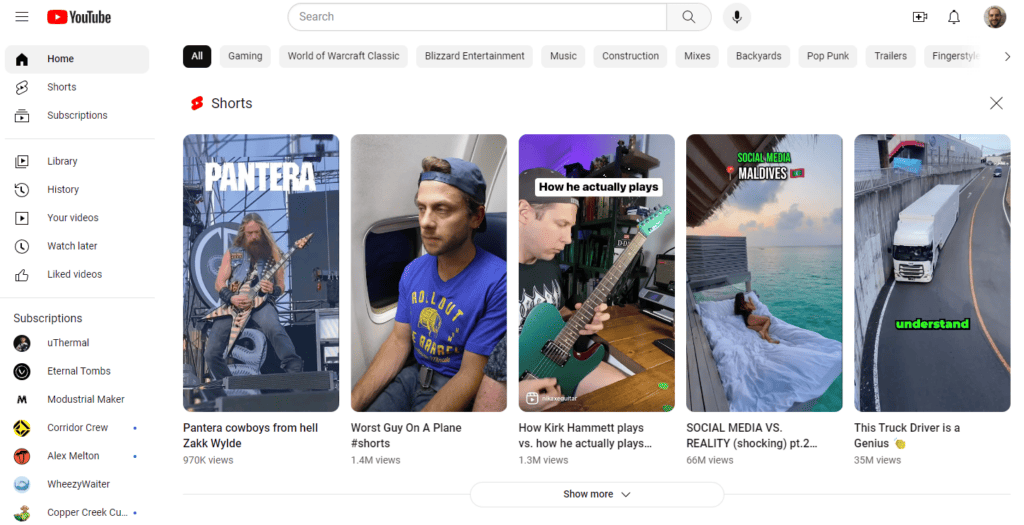
Crafting catchy, visually engaging Shorts can quickly grab viewers’ attention, potentially leading to increased subscribers and visibility. Leveraging this feature allows you to tap into a trending format and gain exposure.
9. Hire a Great Editor
Editing usually takes much longer than filming, but great editing can turn a video into a masterpiece. If you aren’t a skilled editor yourself, consider hiring one.
A talented editor can enhance your content’s quality, making it more appealing and engaging for viewers. They can trim out filler, add captivating visuals, and improve overall production value, increasing the likelihood of retaining and attracting subscribers.
A polished, professional look can set your channel apart from the competition, helping you build a loyal audience and ultimately driving growth as viewers are more likely to return and recommend your content.
10. Use Timestamps
Timestamps divide your video into clearly marked sections and provide direct links to specific points within the video. This feature allows viewers to easily navigate and find the most relevant parts of your content, enhancing their viewing experience. It also improves accessibility and can keep viewers on your video longer, as they can skip to the sections that interest them the most.
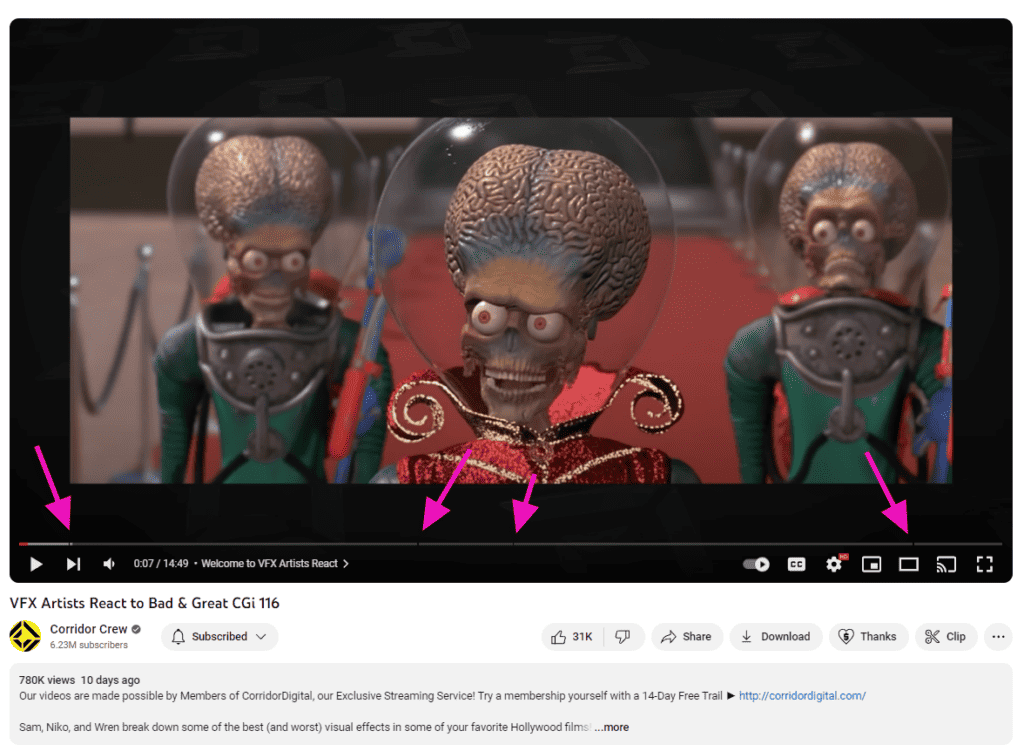
11. Design Captivating Thumbnails
Thumbnails serve as the first impression of your videos and play a crucial role in influencing viewers to click on your content. A compelling thumbnail should be visually appealing, high in resolution, and reflective of the video’s content. It often includes vibrant colors, engaging images, and readable text that teases the video’s topic.
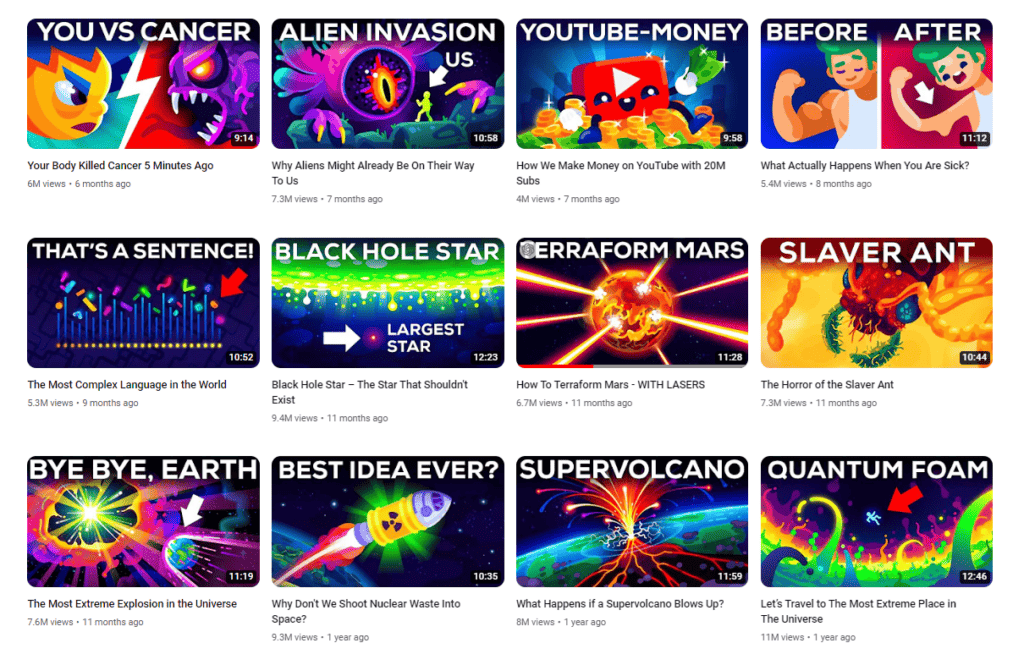
Ideally, your thumbnails should be so good that a YouTube user doesn’t even need to read the title to know where the video is about and whether they are interested. These kinds of thumbnails significantly increase your click-through rate.
12. Watch Your YouTube Analytics
Analytics provide valuable data about your audience’s behavior, such as which videos are most popular, viewer demographics, and how viewers find your content. By analyzing this information, you can understand what works and what doesn’t, allowing you to tailor your content strategy effectively.
Paying attention to metrics like watch time, audience retention, and click-through rate helps you make informed decisions to optimize your videos, attract more viewers, and keep them engaged longer.
To check your channel performance, you can use in-built analytics functionality, create an auto-updated dashboard from a Google Data Studio YouTube template, or implement third-party analytics solutions.
13. Add Closed Captioning
Consider adding closed captioning (CC) to your videos. Captions make your content more accessible to a broader audience, including those with hearing impairments and non-native English speakers. This inclusivity can lead to increased watch time and engagement. Approximately 1 in 5 people experiences a degree of hearing impairment.
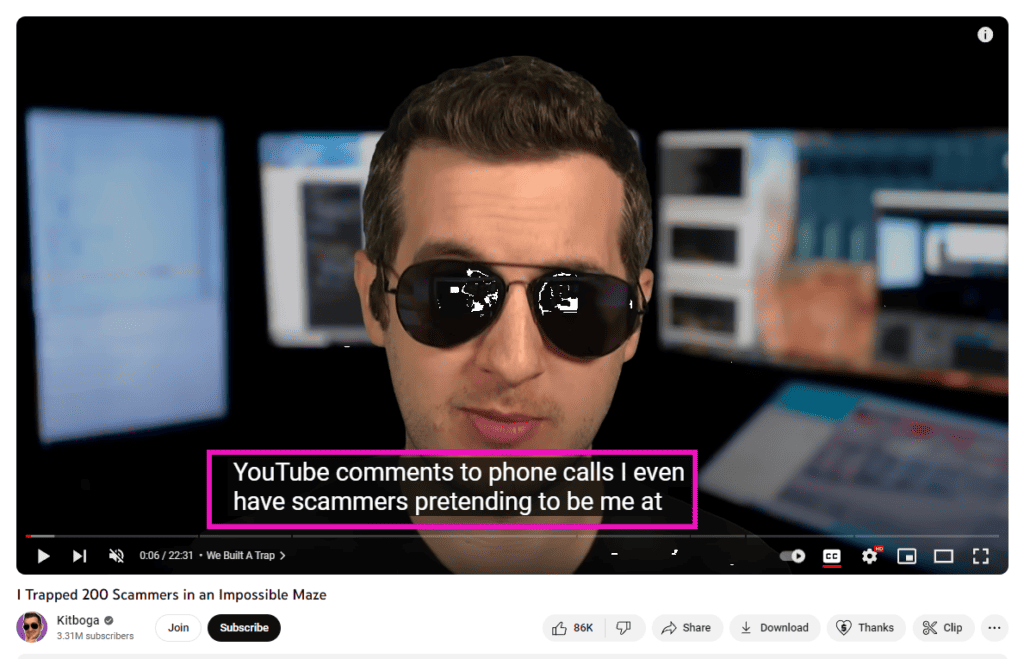
Furthermore, CC improves your video’s discoverability as search engines can index the text, making it easier for your content to appear in relevant search results. Additionally, viewers often prefer videos with captions, as they can follow along in noisy or quiet environments.
How do you add captions? you can either Supply your own transcripts for YouTube to use or you can let YouTube’s automatic captions create them for you. YouTube lets you edit the captions if it gets any wrong.
14. Optimize for “Watch Time”
Prioritize optimizing for watch time. This means creating content that captivates your audience and encourages them to watch for longer durations. Craft compelling intros, maintain a steady pace, and deliver valuable information or entertainment throughout your videos. Use analytics to identify what’s resonating with your viewers and replicate those elements.
Longer watch times boost video rankings and suggest to YouTube’s algorithm that your content is valuable, resulting in increased visibility. Engaging, informative, and entertaining videos that keep viewers watching will not only grow your subscriber base but also improve your channel’s overall performance and reach.
15. Share Clips on Social Media
Sharing bite-sized, attention-grabbing segments of your videos can pique the interest of your social media followers and entice them to explore your full content on YouTube. Use platforms like Instagram, Twitter, Facebook, or TikTok to reach different audiences and showcase your channel’s highlights. Craft compelling captions and use relevant hashtags to maximize discoverability.
This strategy not only increases your channel’s visibility but also helps you tap into the vast social media user base. As your clips garner likes, shares, and comments, they can potentially go viral, driving more traffic and subscribers to your YouTube channel.
Social media algorithms often favor video content, making it a valuable tool to expand your online presence and engage with a broader audience.
16. Cross-Promote Your YouTube Channel
Cross-promotion involves collaborating and promoting your content with other YouTubers or online communities that share a similar audience or niche. This lets you tap into a ready-made audience that is likely to be interested in your content.
Collaborative videos, shout-outs, or guest appearances on each other’s channels can help you reach new viewers and potentially gain subscribers from your partner’s fanbase. It’s a mutually beneficial approach.
17. Convert Viewers Into Subscribers
Focus on building a strong subscriber-friendly strategy. Start by creating high-quality, engaging content that leaves viewers wanting more. Encourage subscription by verbally asking viewers to subscribe in your videos and using eye-catching graphics or call-to-action overlays.
Use end screens and info cards to promote subscribing at the end of your videos. Finally, provide incentives like exclusive content or giveaways for subscribers to entice viewers to hit that subscribe button.
18. Add End Screen Promotions
End screens are the final moments of your video where you can engage viewers with additional content and encourage them to take specific actions.
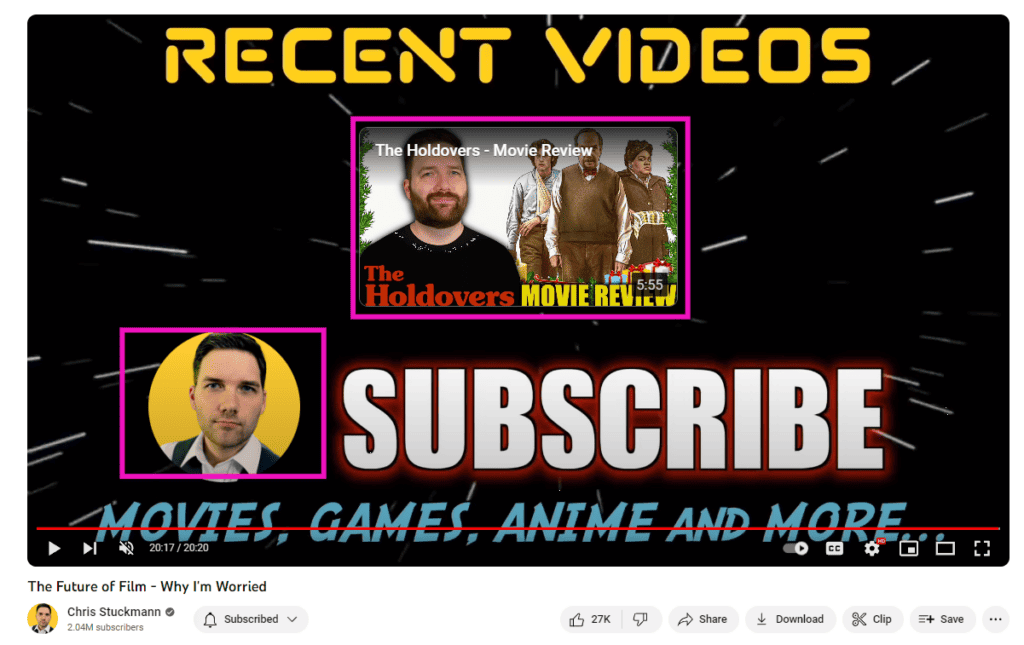
Use end screens to promote related videos or playlists that are relevant to the content just viewed. This keeps viewers on your channel longer, increasing overall watch time and potentially leading to more subscribers.
Use the subscribe button to prompt viewers to subscribe to your channel right there. This direct call-to-action can be highly effective in converting casual viewers into loyal subscribers.
19. Figure Out What Your Audience Wants
Understanding your audience’s preferences is a pivotal strategy to grow a YouTube channel. You must conduct thorough audience research and continuously adapt your content accordingly.
Start by analyzing your video analytics to identify trends. Pay attention to which videos garner the most views, likes, and comments, as well as the demographics of your viewers. Use this data to discern what topics, formats, or styles resonate most with your audience.
Engage with your viewers through comments and social media to gather direct feedback. Ask questions, conduct polls, and encourage them to share their interests and suggestions.
Furthermore, keep an eye on trends and industry developments related to your niche. Staying current with what’s popular can help you create content that aligns with your audience’s evolving tastes.
20. Target Google Search Results
Targeting Google search results involves optimizing your video titles, descriptions, and tags with relevant keywords that align with popular search queries. When people search on Google, well-optimized YouTube videos can appear in the search results, driving organic traffic to your channel.
Research and choose keywords that are not only relevant to your content but also have a decent search volume. Consider creating content that addresses common questions or problems, as these types of videos often perform well in search results.
21. Embed Your YouTube Videos
To boost your YouTube channel’s growth, consider embedding your videos on external websites. This involves placing your video content on your own website, blog posts, or social media platforms.
This expands your video’s reach beyond YouTube’s platform, potentially attracting a wider audience. When people come across your videos while browsing other websites, they may be enticed to visit your YouTube channel and subscribe for more content.
22. Try Live Streaming
Live streams offer real-time interaction with your audience, fostering a sense of community and engagement. They can attract new viewers and keep existing subscribers coming back for more.
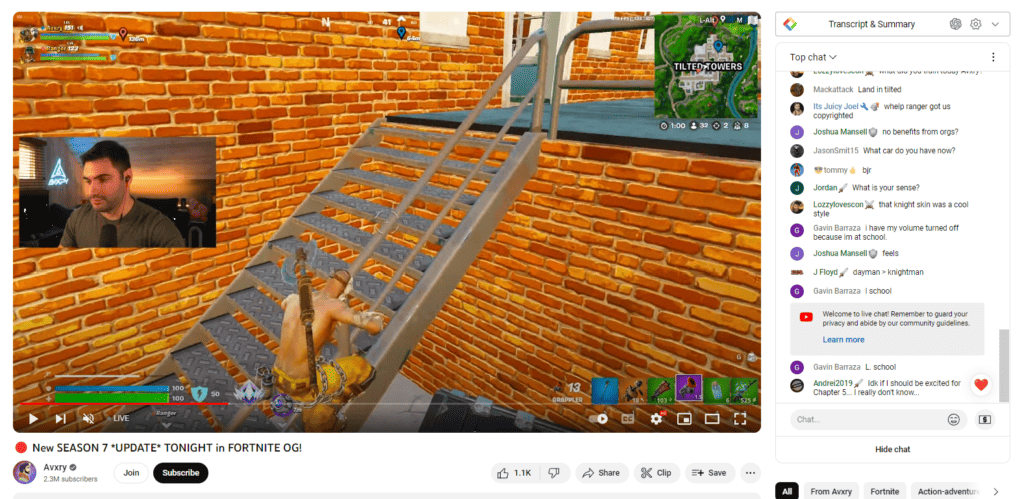
During live streams, you can address questions, respond to comments, and provide behind-the-scenes insights, creating a more personal connection with your audience.
YouTube often promotes live content, increasing your channel’s visibility. After the livestream ends, it becomes a permanent video on your channel, offering additional content for viewers to discover and watch, which can lead to increased watch time and subscriber growth.
23. Run a Paid YouTube Ad Campaign
Running a paid advertising campaign directly on YouTube is an effective way to grow a YouTube channel.
With YouTube Ads, you can create targeted video ads that appear before, during, or after other videos. This enables you to reach a specific audience based on their interests, demographics, and viewing habits. When viewers engage with your ad, you can direct them to your channel or a specific video, potentially gaining more subscribers and increasing your channel’s visibility.
While it requires a budget, a well-planned YouTube advertising campaign can be a valuable investment in expanding your audience and ultimately driving channel growth.
Your Tips on How to Grow a YouTube Channel
If you’re a YouTuber, we’d love to learn what strategies you used to grow your channel. Tell us your tips on how to grow a YouTube channel in the comments.


